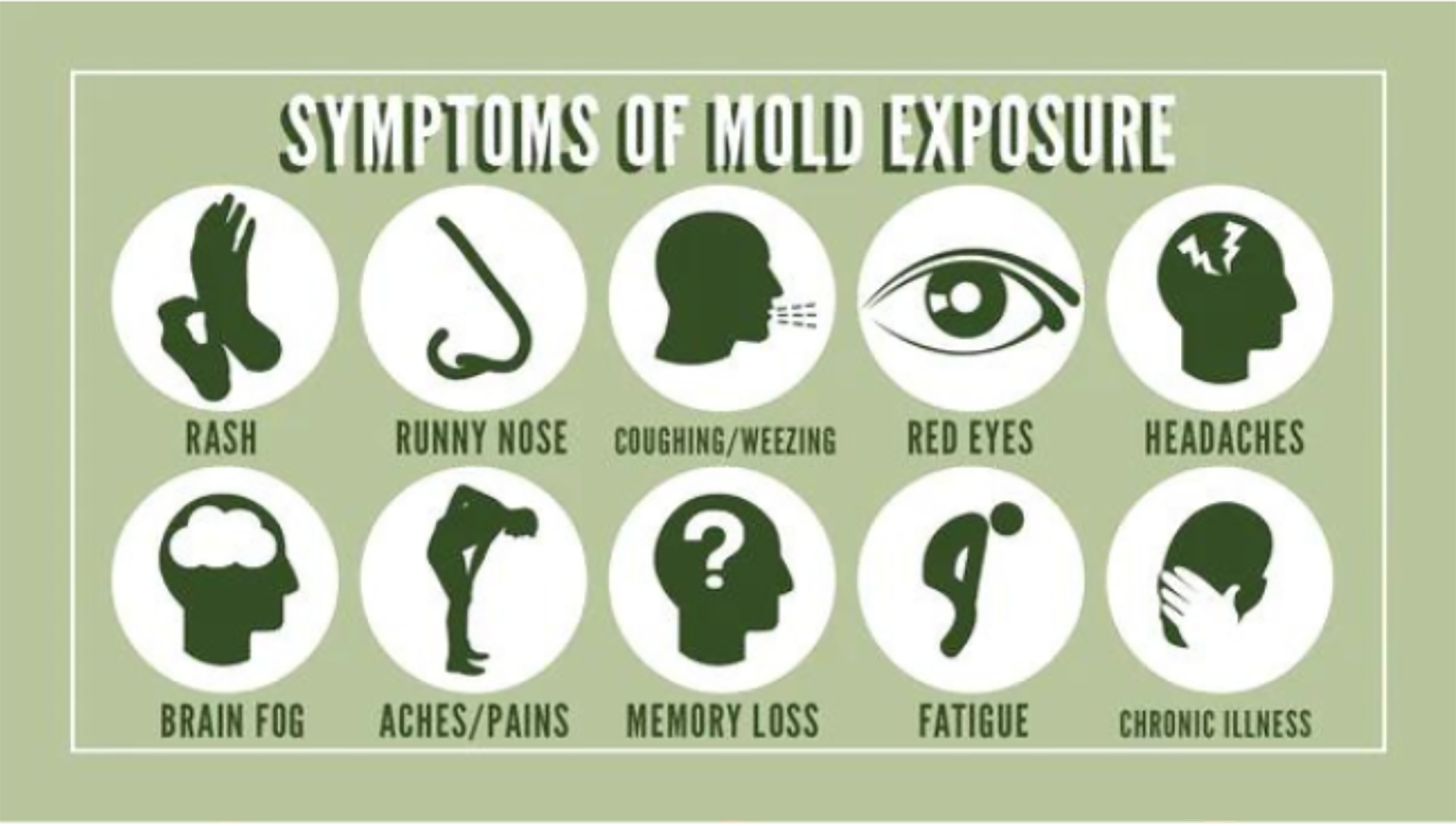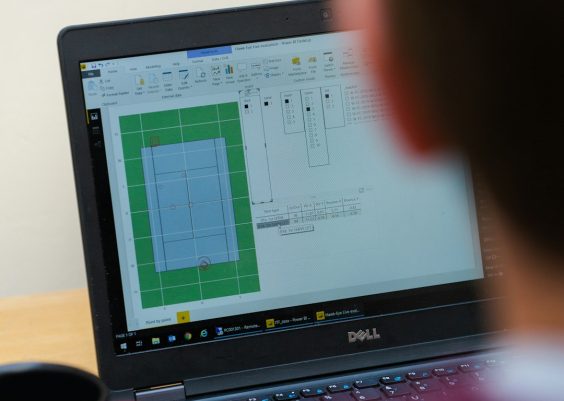Introduction
Mold toxicity is a serious health concern that often goes unnoticed until symptoms become severe. Understanding the warning signs can help you identify potential mold exposure early and take appropriate action to protect your health.
What is mold toxicity?
Mold toxicity, also known as mold illness or mycotoxicosis, occurs when you inhale or come into contact with mold spores that produce toxins. These toxins can cause a range of health problems, from mild allergic reactions to severe neurological symptoms.
Importance of recognizing warning signs
Recognizing the warning signs of mold toxicity is crucial for early intervention. Mold-related illnesses can mimic other health conditions, making diagnosis challenging. By understanding the symptoms associated with mold exposure, you can seek appropriate medical help and address the root cause of your health issues.

Symptoms of Mold Toxicity
Mold toxicity can manifest in various ways, affecting different systems in the body. Here are ten warning signs to watch out for:
Respiratory symptoms
- Persistent coughing
- Wheezing or shortness of breath
- Sinus congestion or nasal congestion
- Sore throat or irritated throat
Skin symptoms
- Skin rashes or irritation
- Itchy eyes, nose, or throat
- Redness or inflammation of the skin
- Hives or eczema flare-ups
Cognitive symptoms
- Difficulty concentrating or focusing
- Memory problems or brain fog
- Confusion or disorientation
- Difficulty finding words or articulating thoughts
Fatigue and weakness
- Persistent fatigue or low energy levels
- Muscle weakness or lethargy
- Feeling unrefreshed after sleep
- Generalized weakness or malaise
Digestive issues
- Nausea or vomiting
- Abdominal pain or discomfort
- Diarrhea or constipation
- Bloating or indigestion
Headaches
- Recurring headaches or migraines
- Tension headaches or pressure in the head
- Light sensitivity or photophobia
- Dizziness or lightheadedness
Mood swings
- Irritability or agitation
- Anxiety or panic attacks
- Depression or low mood
- Mood swings or emotional instability
Muscle cramps and joint pain
- Muscle aches or soreness
- Joint pain or stiffness
- Muscle spasms or cramps
- Reduced range of motion or flexibility
Sensitivity to light and sound
- Hypersensitivity to light (photophobia)
- Discomfort or pain with loud noises
- Sensory overload or overwhelm
- Increased sensitivity to environmental stimuli
Immune system dysfunction
- Frequent infections or illnesses
- Chronic inflammation or autoimmune conditions
- Allergies or hypersensitivity reactions
- Poor wound healing or slow recovery
Detection and Diagnosis
If you suspect mold toxicity, it’s essential to seek proper detection and diagnosis. This typically involves:
Mold inspection
- Conducting a thorough inspection of your home or workplace for signs of mold growth.
- Hiring a professional mold inspector to assess the extent of mold contamination and identify potential sources of exposure.
Medical tests
- Undergoing medical tests to evaluate your symptoms and assess potential mold-related health issues.
- Tests may include blood tests, urine tests, and imaging studies to detect signs of inflammation or organ dysfunction.
Seeking professional help
- Consulting with a healthcare provider experienced in treating mold-related illnesses.
- Working with an environmental specialist to address mold remediation and prevent future exposure.
Prevention and Treatment
Preventing mold exposure is the best way to avoid mold toxicity. Here are some tips to reduce your risk:
Mold prevention tips
- Keep indoor humidity levels below 50% to inhibit mold growth.
- Use exhaust fans in bathrooms and kitchens to vent moisture outside.
- Fix leaks and water damage promptly to prevent mold colonization.
- Clean and disinfect surfaces regularly to remove mold spores and prevent regrowth.
Remediation techniques
- Remove visible mold growth using appropriate cleaning products and techniques.
- Address underlying moisture issues to prevent mold recurrence.
- Consider hiring a professional mold remediation company for extensive contamination.
Medical treatments
- Treatment for mold toxicity may vary depending on the severity of symptoms and individual health factors.
- Options may include antifungal medications, symptom management strategies, and lifestyle interventions to support detoxification and immune function.
Conclusion
Recognizing the warning signs of mold toxicity is essential for protecting your health and well-being. By understanding the symptoms associated with mold exposure and taking proactive steps to prevent and address mold contamination, you can reduce your risk of mold-related illnesses and enjoy a healthier indoor environment.
Frequently Asked Questions (FAQs)
1. How does mold toxicity affect respiratory health? Mold toxicity can cause respiratory symptoms such as coughing, wheezing, and sinus congestion, leading to respiratory discomfort and impaired lung function.
2. Can mold toxicity impact cognitive function? Yes, mold toxicity can affect cognitive function, leading to difficulties with concentration, memory, and mental clarity, often referred to as “brain fog.”
3. Is mold toxicity treatable? Yes, mold toxicity is treatable with appropriate medical intervention, including antifungal medications, symptom management strategies, and environmental remediation.
4. How can I prevent mold exposure in my home? To prevent mold exposure, maintain low indoor humidity levels, fix leaks promptly, use exhaust fans in moisture-prone areas, and keep indoor spaces clean and well-ventilated.
5. When should I seek professional help for mold-related issues? If you experience persistent symptoms of mold toxicity or suspect mold contamination in your home or workplace, it’s essential to seek professional help from healthcare providers and environmental specialists experienced in mold detection and remediation.



